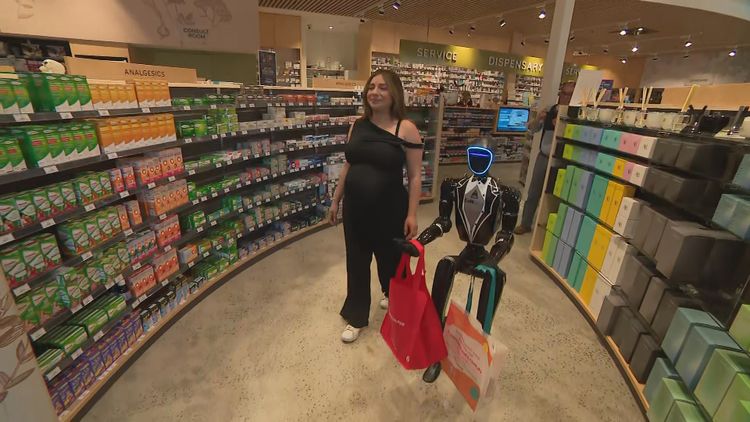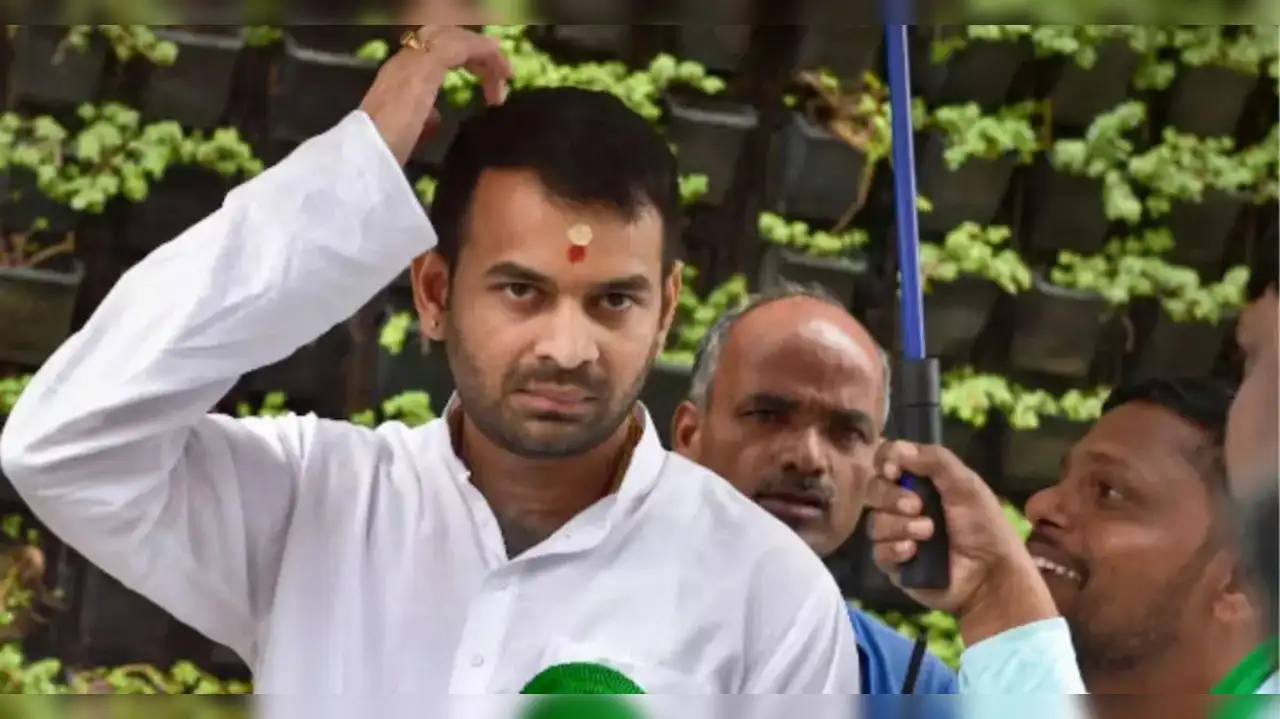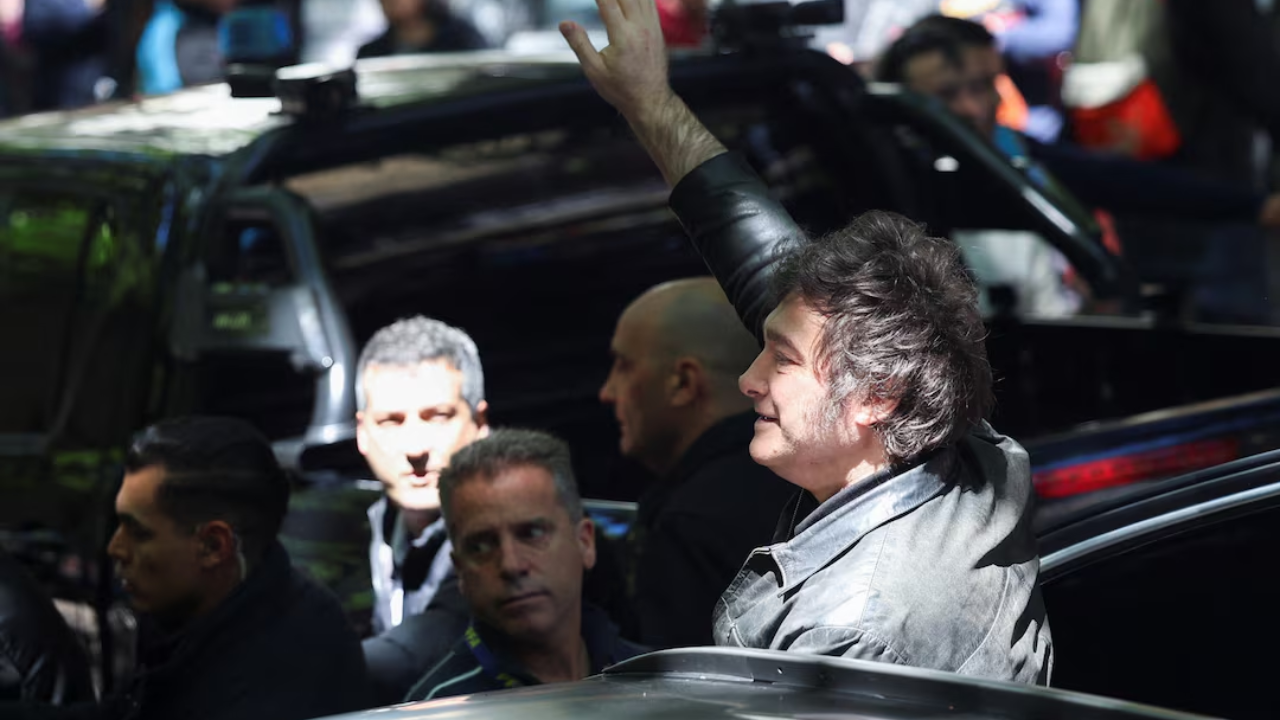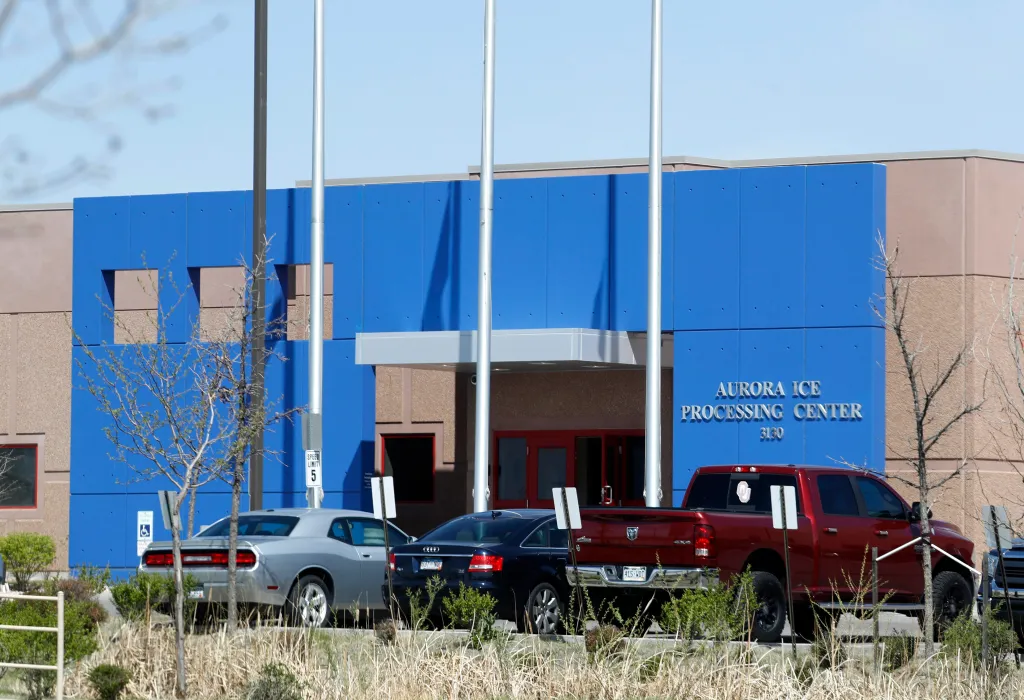Copyright Santa Rosa Press Democrat
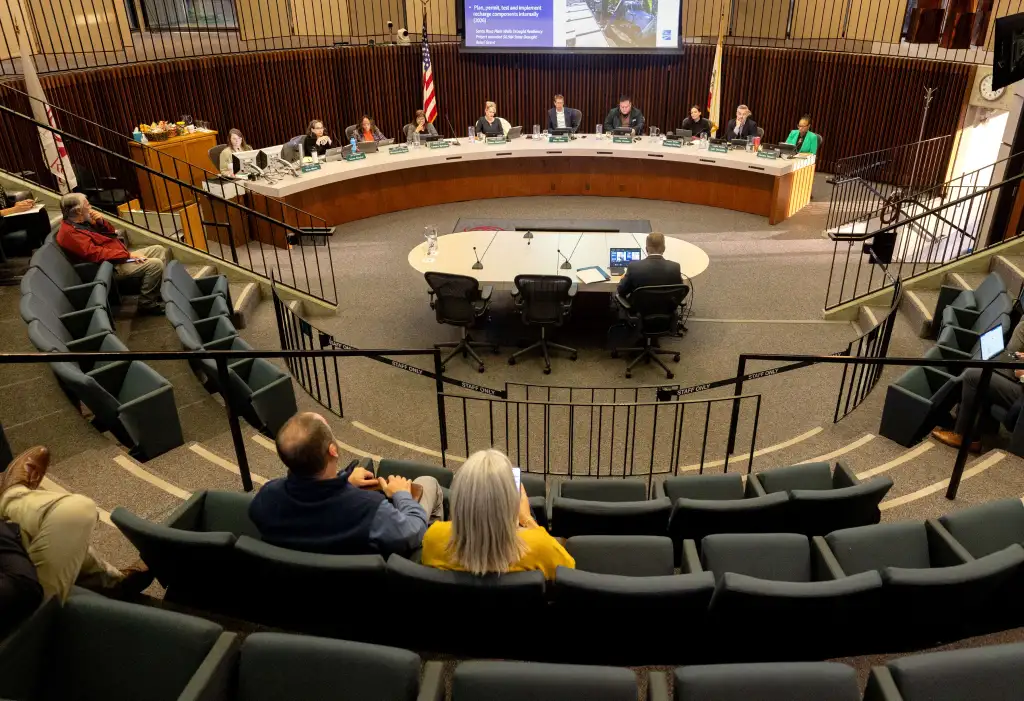
A new voting process intended to help the Santa Rosa council reach a consensus when selecting a new mayor and vice mayor from their ranks has instead split the council, which approved the policy earlier this month in a 5-2 vote. Under the proposal, each council member may nominate or second the nomination of only one member. Council members can’t nominate themselves but they can second a nomination for themselves. The new set of rules brought forward at the council’s Oct. 21 meeting by the city’s legal team would likely result in at most three nominees. It also establishes a new process in cases where no one receives a majority during a first round of voting and calls for ties to be settled by a revote or by choosing a winner by random selection. The changes are meant to clear up some of the ambiguity under the prior rules, which left it up to the council to decide the process on the spot if they were deadlocked. At least one council member felt the latest changes didn’t address the root issue. Council member Victoria Fleming said while the new rules made it easier for the council to reach a decision, it still left room for the selection process to be muddied by behind-the-scenes negotiations involving council members vying for the posts, their council colleagues and outside supporters. Fleming favored tweaks that would result in at most two nominees, which she argued would not only simplify the vote but make it more transparent for constituents by eliminating some of the private dealings that occur ahead of the selection, which happens every other December following general elections, setting up two-year rotations in the largely ceremonial post. The vice mayor is chosen annually. “I think we have to be honest that the process is not transparent and the public deserves a clean process and this is the way to a clean process,” she said during the discussion. Fleming and Council member Caroline Bañuelos voted against the proposal. The discussion touched on an oft-debated, hot-button issue, and it appeared to hint at potentially long-simmering sentiments stemming from the contested 2022 mayoral vote that ultimately shook out in favor of Council member Natalie Rogers. The issue likely isn’t settled. Some council members and residents have pushed for voters, rather than council members, to elect the mayor — a setup followed in Sonoma County by Petaluma and Windsor. Such sweeping changes to how the mayor is chosen would require voter approval. City Attorney Teresa Stricker said her staff can continue studying changes to council policy and bring back other options if the council is unsatisfied with the new process. Council members first discussed proposed amendments to the voting process last fall, including implementing ranked-choice voting or deciding by lot. The council also discussed changes to how they appoint members to city boards and commissions and fill vacancies on the council. The process for each varies but in all cases the guidelines are vague for how the council must reach a decision when there’s a stalemate. Four of the last six votes for mayor have been decided by split votes but the 2022 decision, in particular, was mired by parliamentary maneuvering after none of the nominees received a majority in early rounds of voting. Fleming, Rogers and Council member Dianna MacDonald were each nominated but the council was unable to make a selection after two votes. The council decided to declare an impasse and establish an alternative process to break the deadlock. Chris Rogers, who was overseeing the vote as outgoing mayor, recommended council members vote for the bottom two vote-getters and the winner would then face off against MacDonald, the top vote-getter, in a fourth round of voting. Natalie Rogers ultimately won on a 4-3 vote. Stricker, the city attorney, during a September study session presented the council with several recommendations, returning with the proposal Oct. 21. The new rules will be in place during the upcoming November vote for vice mayor. Legal staffers are expected to return to the council with updated proposals for filling vacancies on boards, commissions and the council in early 2026. There was little debate during the discussion about the voting process itself, but council members went back and forth on whether they should be allowed to second their own nomination. Fleming opposed the proposal, arguing it muddies the race. While some council members agreed the process should be more open, others argued state transparency laws make it difficult to line up support ahead of any decision during public meetings. California’s Brown Act prohibits elected officials from discussing items of public interest outside of public meetings, among other things, and limits the number fellow board members an elected official can discuss an issue with. “It’s not like I can talk to all six of my colleagues to come up with a second,” Natalie Rogers said. Not allowing council members to second their own nomination would potentially limit the pool of nominees, she and other colleagues argued. Fleming pushed back. “I don’t think it’s a reality that people don’t have their support lined up ahead of time and I don’t think pretending here that that’s not the case is really fair to the public,” she said. Fleming, who was supposed to move the item, refused to call the motion. Vice Mayor Eddie Alvarez made the motion instead. Speaking after the vote, Fleming said while the council made some progress in making the process more streamlined, more work is needed to address the optics of the decision-making process. “The public deserves the maximum visibility into every choice the council makes,” she said. Dennis Rosatti, a longtime council observer and political consultant, agreed the selection process is murky and council politics can sometimes bleed into the vote. “It involves people and it involves colleagues deciding which among themselves they’re going to self-elect to a leadership position,” he said. “It’s a highly charged political discussion and decision.” If the council’s goal is to make the selection more transparent then the council must rethink allowing members to choose their own leader, he said. “The process is extremely confusing to the general public and I don’t think what they’re doing here is making it any easier,” he said of the changes. “If transparency and getting rid of any kind of vagary is the goal, then it just seems obvious that a direct election by the citizenry would alleviate that.” Mayor Mark Stapp said the council is aware that the way the selection process is designed inherently leads to potential conflict. The new rules, Stapp said, create a more consistent process, though he agreed with Fleming that the process should be more transparent. “Council member Fleming isn’t alone in sensing there is an issue, the only disagreement is to what extent we can correct that from the dais,” he said, adding that changes to the voting process could be discussed as part of a future charter update. You can reach Staff Writer Paulina Pineda at 707-521-5268 or paulina.pineda@pressdemocrat.com. On X (Twitter) @paulinapineda22.
